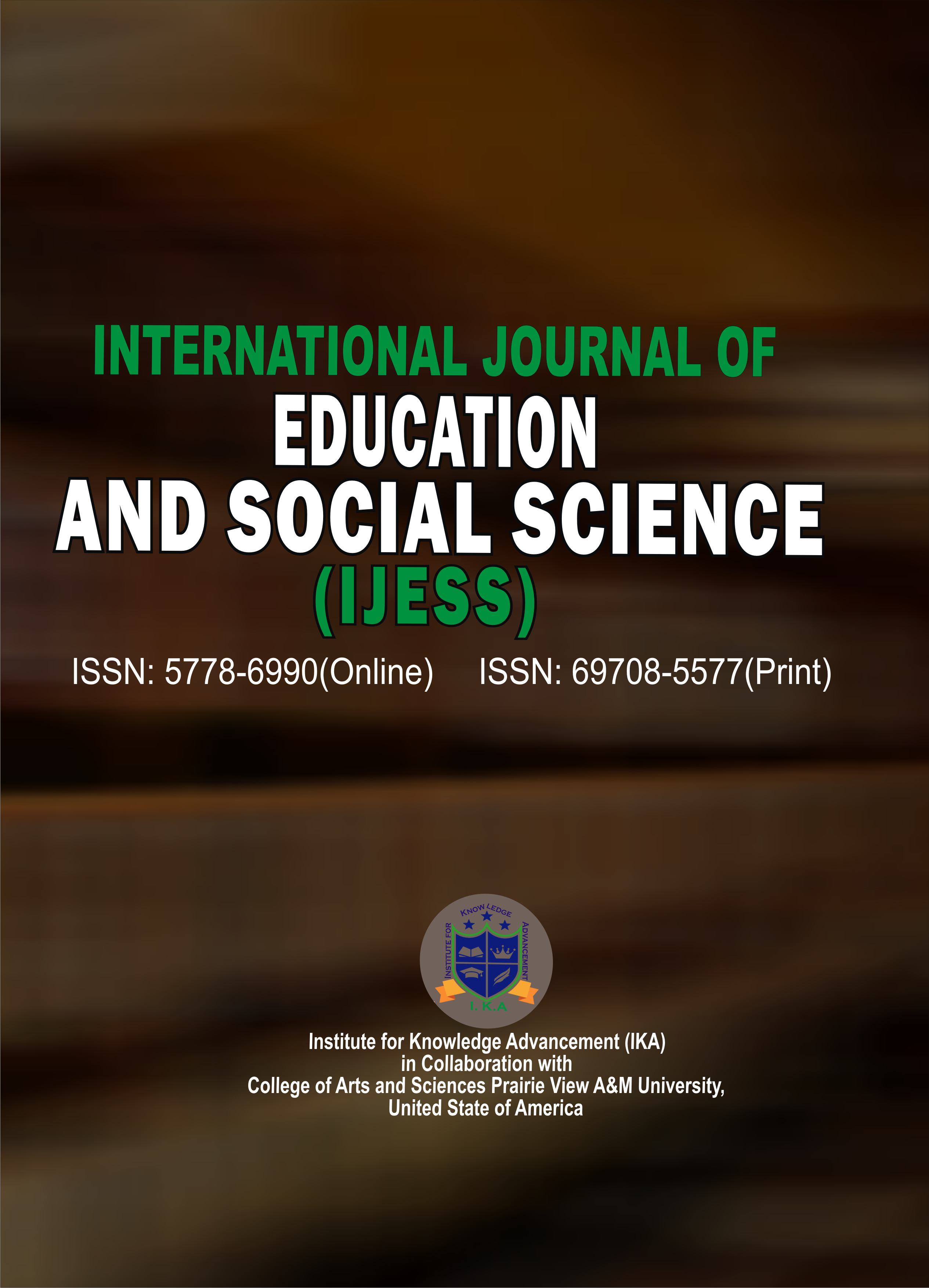INTERNATIONAL JOURNAL OF EDUCATION AND SOCIAL SCIENCE (IJESS)
In Search of the Prompt that Produces Useful Written Corrective Feedback for L2 Composition Classes
E-ISSN: 5778-6990
P-ISSN: 6790-5577
DOI: https://iigdpublishers.com/article/724
The use of artificial intelligence (AI) in language education may be in its infancy, but technological advances, especially natural language processing, will lead to its widespread adoption far sooner than many may think. For example, large language models (LLMs) like ChatGPT are often used when individuals utilize AI systems. This means that researchers in second language learning must begin evaluating the utility of AI-based tools for second language instruction. This study describes the importance of prompt engineering in designing effective prompts for secondlanguage writing feedback. This action research (AR) study revealed that prompts could constrain the usefulness of AI-generated feedback and suggests that, like LLMs, users are few-shot learners. Adapting the prompts and understanding the limitations and constraints that these prompts produce will allow instructors to design prompts to make ChatGPT and other AI-based applications more helpful to learners in second-language composition classes.
James R. Brawn
Brawn, J. R. (2002). Making the Most out of Students’ Lives: A Life Map Icebreaker for EFL Composition Classes. KATE Forum 26(3), 13-14. https://www.tesol.brawnblog.com/HUFS-TESOL/MatDev/Ts/Archive/KateForum.pdf
Brown, T. B. (2020). Language models are few-shot learners. arXiv preprint arXiv:2005.14165.
Burns, A. (2010). Doing Action Research in English Language Teaching: A Guide for Practitioners. Routledge.
Fathi, J., & Rahimi, M. (2024). Utilising artificial intelligence-enhanced writing mediation to develop academic writing skills in EFL learners: A qualitative study. Computer Assisted Language Learning. https://doi.org/10.1080/09588221.2024.2374772
Ferris, D. R. (1999). The case for grammar correction in L2 writing classes: A response to Truscott (1996). Journal of Second Language Writing, 8(1), 1-11. https://doi.org/10.1016/S1060-3743(99)80110-6
Mohammed, S. B., Khalifa, M. M., & Abubakar, A. (2024). Effect of petrol subsidy removal on government income, cost of living, consumption patterns, savings and investment, and SMEs performance. Journal of Social Economics Research, 11(3), 290-308. https://ideas.repec.org/a/pkp/josere/v11y2024i3p290-308id3774.html
Schmidt, R. W. (1990). The role of consciousness in second language learning. Applied Linguistics, 11(2), 129-158.
Sharwood Smith, M. (1993). Input enhancement in instructed SLA: Theoretical bases. Studies in Second Language Acquisition, 15(2), 165-179.
Suleiman, M. (2011). Poverty reduction as a panacea for violence free elections in Nigeria. https://scholar.google.com/citations?view_op=view_citation&hl=en&user=7VZ4PG MAAAAJ&citationforview=7VZ4PGMAAAAJ:tzM49s52ZIMC
